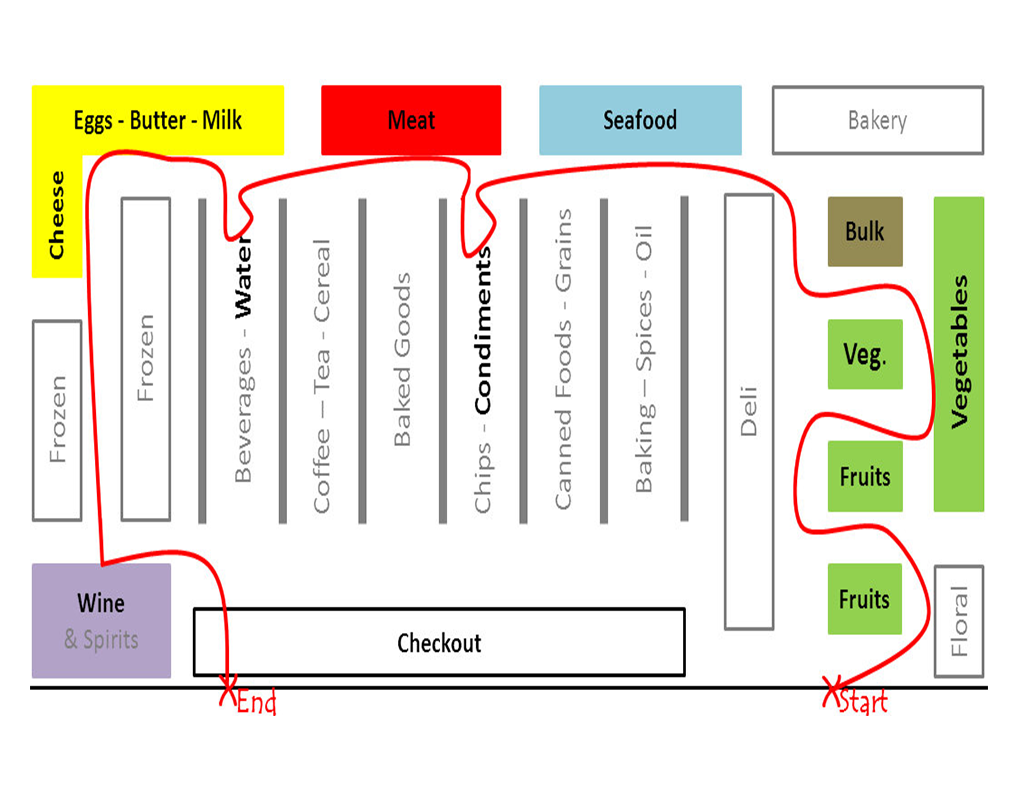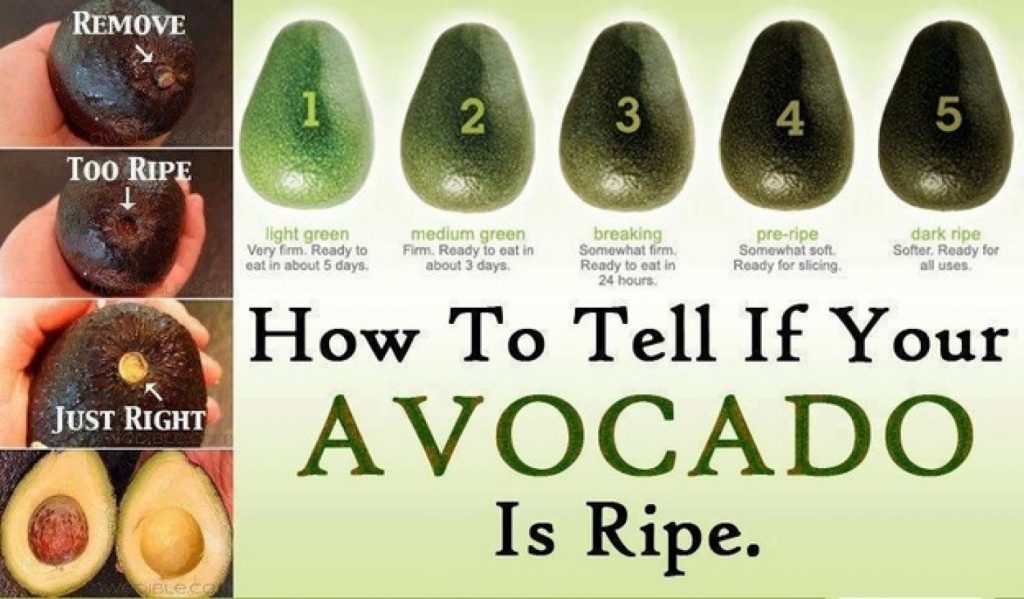Do you find yourself spending a lot of time and money grocery shopping?
Here is a list of 17 grocery shopping hacks to make your life easier.
#1 – Never Shop on an empty stomach
The best way to avoid overspending is by never going food shopping on an empty stomach. If you eat a full meal before going grocery shopping you can avoid shopping based on cravings and focus on what you actually want to feed your body. This can help you save money and achieve a healthier diet. Stick to your shopping list!
#2 – Find out when your local supermarket clears out shelves for expired products
All supermarkets have a dedicated time each day when they go through all of their shelves to clear out foods that are nearing their expiration date. These are usually placed in the discount aisle. If you find out when your supermarket does its daily rundown of expiring food, you may find the best time to visit the discount aisle when it has the most options.
#3 – If you don’t know what to cook, visit the discount aisle
If you are looking for meal inspiration, check out the discount aisle where there will be a range of cheaper food options that could help you come up with a low-cost and creative recipe.
#4 – Avoid the inner aisles at the supermarket
Supermarkets strategically place essential ingredients such as dairy and produce on the perimeters of the store and on opposite ends so you are forced to pass through aisles with products you do not necessarily need. Try not to get distracted and stick to the outside aisles!

#6 – Support your local farmers
Grocery shopping can get boring so visit your local farmers’ markets to switch things up and support your local hard-working farmers. Farmers’ markets have no middlemen which means that when you buy products, all the money goes directly to the farmers.
Food is also fresher and typically cheaper than at supermarkets. You will find seasonal and local produce, which is typically higher in nutrients and therefore healthier. At the end of the day sellers also reduce their prices in order to avoid having to bring their inventory back home. You may find some great deals!
#7 – Shop seasonally
This one may sound obvious but try to shop fruits and vegetables that are in-season.
There are many benefits to shopping seasonally:
- Better taste
- More nutritious (not processed and preservative-free)
- Lower cost
- Low carbon footprint
Enjoy strawberries, tomatoes and watermelon in the spring/summer, and pumpkin, oranges and apples in the autumn/winter!
If you want to find out which fruits and vegetables are in season in your region, simply google “Seasonal fruits and vegetable calendar (your location)”.
#8 – Bring reusable bags
Bringing your own bag for your groceries will save you money, significantly reduce your carbon footprint and send a message to supermarkets and customers around you. Reusable bags are also often bigger than plastic bags from the supermarket. This will save you a second or third trip carrying your groceries from the car to your house. Keep a bag in your car and one by your front door so you always remember to bring one when you go shopping.
#10 – Take pictures of your pantry and fridge
Taking pictures of your pantry and fridge before going food shopping can prevent you from buying something you already have at home. You might think you know everything you have at home but chances are, you will forget about something you bought a long time ago. Try it out and you will save money and avoid wasting food!
#11 – Find alternatives to buying fresh food
If you find yourself throwing away a lot of fresh food, consider buying a mixture of fresh and frozen food. Frozen food is cheaper, offers more variety, lasts longer and is still nutritious. Buying more frozen food can save you money and reduce food waste in your household.
#12 – Be careful with buying avocados
There is no worse feeling than buying an expensive and delicious-looking avocado only to come home and realize that it’s brown and spoiled on the inside.
Here is a guide to show you how to determine the ripeness of an avocado at the supermarket. Hopefully, you’ll never be disappointed by an avocado again.

#13 – Don’t buy food in bulk
Some foods, like potatoes and carrots, don’t expire. So it’s okay if you buy them in bulk.
However, if you buy 1 KG of chicken and don’t freeze it, things can turn sour fast. To save your fresh food from expiring, just buy less of it at a time or freeze your extra portion as soon as you get home.
#14 – Don’t fall for the 2 for 1 offers
Let’s say you’re buying yoghurt and you notice there’s a 2 for the price of 1 deal. Of course, you’re going to take another yoghurt because it’s free. But if you know you only wanted to buy one, what’s the point in taking an extra one if you may not eat it and end up having to throw it away? Next time you take that extra yoghurt, broccoli or orange, think about if you are actually going to eat it.
#15 – Give food-sharing a go
At supermarkets, food is often sold in family-sized packets and are not ideal for people living on their own. If you find yourself throwing away a lot of food because there is no option to buy smaller sizes at your supermarket, consider going shopping once a week with a friend or a neighbour. By sharing your groceries, you and your shopping friend can both save money and reduce food waste!
#16 – Use specialist shops
Building on hack #15, at specialist shops you can choose exactly how much meat, cheese, nuts, fruit, vegetables etc… you want. This can also help you save money and reduce food waste.
#17 – Last hack – don’t go to the supermarket? Eat leftover food you have at home.
Got a bunch of cooked veggies or leftover rice? Throw them together in a pan.
You can cook awesome meals with your leftover food. Anything from paella with a twist to a leftover-food omelette, to fried rice works.
There’s plenty of room to be creative!


